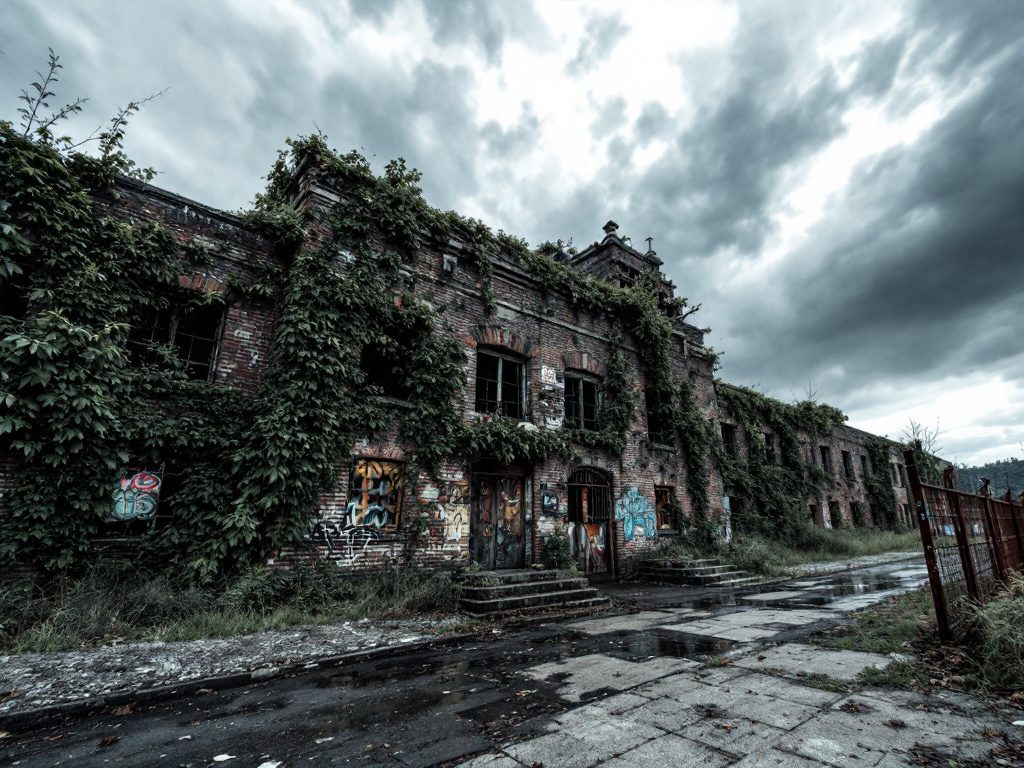The Breaking Point: Unlawful Conditions and Judicial Intervention
At Los Padrinos Juvenile Hall in Downey, California, the issues piled up quietly—until they could no longer be ignored. Staffing shortages grew so severe that hundreds of detained youth were stuck in their rooms for intolerably long periods, missing critical medical appointments and denied the most basic dignities. For months, local and state officials traded arguments about responsibility, but this week, the situation reached a critical legal and moral inflection point.
Los Angeles Superior Court Judge Miguel Espinoza did not mince words in his recent ruling. He declared it “unlawful” for the county to keep youth in a facility that the state had already deemed unsuitable. Judge Espinoza described the status quo as “untenable” and pressed county officials for an expeditious response. He gave the Probation Department a hard deadline—May 2—to present a concrete plan for moving all detainees out of Los Padrinos. The ruling was, in essence, a judicial rebuke not only of operational failures but also of the political dithering that allowed a crisis to fester.
According to reports from the Board of State and Community Corrections, the failures at Los Padrinos have been nothing short of egregious. Youth were not just confined but neglected, and staff—overworked and overwhelmed—could not keep up with even basic care. Yet, even after the state board reaffirmed its December closure order last week, the county continued operating the facility. The public defender’s office, representing some of the detained youth, pressed forward with legal action to force immediate compliance and protection for these young people.
The Politics of Neglect: Bureaucracy, Accountability, and Youth Welfare
Judge Espinoza’s forceful order exposed deeper fissures inside L.A. County government—one where procedural inertia and prioritization of “public safety” have long been used to justify inaction at the expense of vulnerable lives. The Probation Department, backed by the County Board of Supervisors, had disregarded explicit orders to shut the facility, all but daring the courts to intervene. A closer look reveals not merely bureaucratic delay, but a pattern of local government placing institutional preservation above the lives and well-being of incarcerated youth.
What happens when those tasked with serving justice fail to serve the most marginalized? According to Harvard criminologist Elizabeth Hinton, juvenile detention centers like Los Padrinos too often become sites of “state-sanctioned neglect,” perpetuating cycles of trauma that undermine public safety in the long run. Witness testimony and investigative reports repeatedly documented how, under staffing pressures and lax oversight, youth were confined for up to 23 hours each day—a practice amounting, in the words of the ACLU, to psychological and developmental harm.
Political leaders, too, waded into the fray. Supervisor Janice Hahn called for a fraction of youth to be placed not in yet another carceral institution, but with ankle monitoring at home or in community-based alternatives like Boys Republic. This pivot toward restorative, less punitive solutions echoes national trends. According to a 2021 Pew Research study, states with robust community supervision and diversion programs saw lower rates of recidivism compared to those shuffling youth between lockups. It’s a progressive notion grounded in both evidence and empathy, but often resisted by those clinging to outdated “tough on crime” orthodoxies.
“The continued operation of Los Padrinos is not just a matter of legal noncompliance—it’s a question of who we want to be as a community. When we warehouse youth under inhumane conditions, we fail them twice: first as children, and again as future adults.”
Beyond that, history offers a cautionary tale. The closure of other notorious juvenile facilities in California, like the now-shuttered Heman G. Stark Youth Correctional Facility, saw both disruption and opportunity. Transitional missteps meant some youth languished in limbo, but those redirected to local, community-based supervision often fared better—benefiting from mentoring, education, and, crucially, hope.
The Path Forward: Progress, Resistance, and What True Reform Demands
The debate now shifts from “should Los Padrinos close?” to “how do we center young people’s safety and futures” in a system that historically has not. Public defenders, advocates, and many policymakers are insisting on oversight and transparency—not just a shuffle of youth from one locked facility to the next. As the county shapes its depopulation plan, the key challenge is avoiding old habits: prioritizing expedience and liability management over proven, humane strategies.
Opponents of closure, invoking fears of public safety or mass releases, sidestep the reality that every day spent in an abusive or neglectful setting inflicts lasting harm. A December 2023 audit by the Center on Juvenile and Criminal Justice found that community placements, mental health supports, and wraparound services make streets safer than youth lockups ever could. The answer isn’t laxity; it’s smarter, fairer, scientifically-informed juvenile justice.
A generation ago, skeptics said closing youth correctional institutions would lead to chaos. But mounting evidence—including the successes in states like Missouri and Connecticut—proves otherwise. Dismantling the punitive machinery of juvenile justice does not mean abandoning accountability: it means recognizing that young people grow, learn, and change best in well-resourced, supportive environments—not behind bars and steel doors.
This moment is a test not just for Los Angeles County, but for the values we claim as a society: equality before the law, the promise of redemption, and the responsibility to protect the most vulnerable—especially when they fall under the government’s care.

